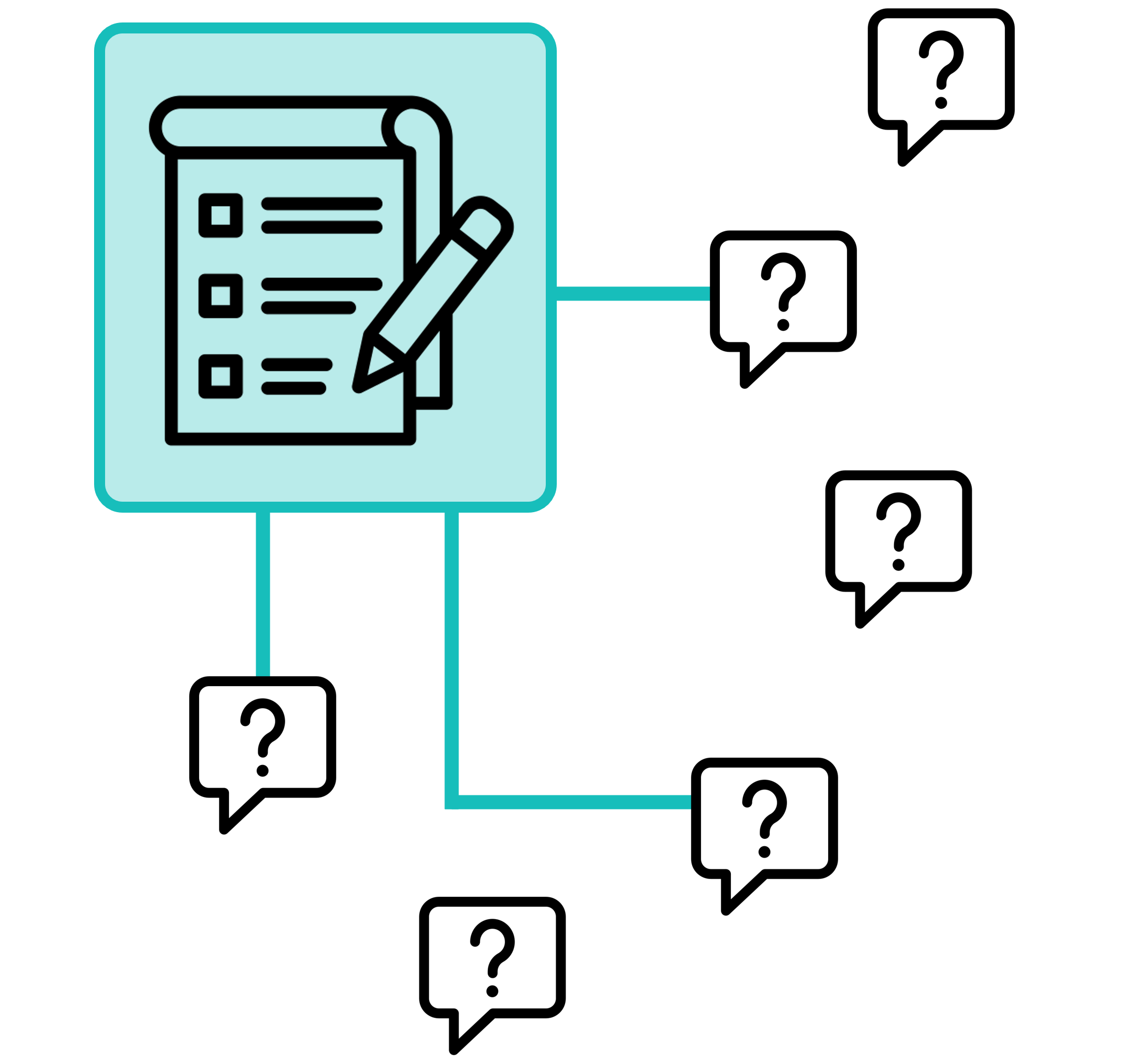Survey Creation
As noted in the previous module, surveys are a common data collection tool used by researchers to gather data that can help answer their research question.
In this section, you will be introduced to Qualtrics, which is a “simple to use web-based survey tool/application to conduct survey research, evaluations, and other data collection activities.” Qualtrics allows you to create and distribute self-administered online surveys, as well as analyze survey responses. You may be able to get institutional approval for Qualtrics account activation.
According to Fink (2017), “Online surveys have many useful features such as drop-down menus and the ability to build on the answer to one question to create the next. You can also reach large numbers of people with one click. Consider the cost, which includes purchase fees and time to learn and use the new software.”
Where to Start?
Once you decide to use a Survey to collect your data, the next step would be to consider the content or topics that your survey will include (i.e. content that will assist you in answering your research question).
This consideration relates to the Conceptualization and Operationalization of your research variables, covered in Module 3, Part 1. Essentially, you would define (conceptualize) your research variables and clarify what information/data you would need to gather (operationalize) from your respondents.

Ask yourself the question “What information do I want and must therefore make certain I collect?” (Fink 2017)
Do not ask for information unless you can act on it (why raise hopes that you cannot or will not fulfill)!
Once you have settled on the content and set the survey boundaries, write the survey questions. It is advisable to write more questions than you plan to use because you will probably eliminate those that are unusable. Before deciding on the number and sequence of questions, ensure you cover the complete content you have identified as important to the survey (Fink, 2017).
Survey Design
Remember, when formulating survey questions it is important to:
- Only use questions that will generate relevant data or information that will answer your research question.
- Survey questions and response choices should be written at a sixth to eighth-grade reading level.
Evidence suggests that most people prefer simple words and sentences in surveys (Fink, 2017). It is important to use standard grammar and syntax.

There are two main question formats used to create surveys: open-ended and closed-ended questions.
Open-ended Questions
Allow the respondents to provide the wording of the reply. They choose how to answer in their own words, similar to short-answer questions on tests. Responses can range from a single word to a more lengthy statement (Guppy & Gray, 2008).
Advantages
Allows detailed, personal responses, capturing respondent’s opinions and distinctions in their own words. Useful for unanticipated answers, enjoyable for respondents, and provides rich, quotable content. Ideal for initial research in unfamiliar areas.
Disadvantages
Responses can be too diverse for comparability, vague, or incomplete. Long answers are less likely to be written by respondents, and coding these responses is challenging and time-consuming. Respondents face greater demands, potentially leading to partial answers.
Close-ended Questions
Force the respondents to choose from predetermined answers. Responses can take the form of yes or no answers, checklists, and rating scales. Respondents may also be asked to give a number for an answer (Fink, 2017).
Advantages
Offer uniform, easily compared responses within a common frame of reference. Respondents consider all alternatives, reducing memory reliance and simplifying recording.
Disadvantages
May not fully capture respondent views due to inadequate response categories. Can lead to superficial responses and respondent frustration with long lists of choices. Only effective with shorter lists of alternatives.
Guppy, N. and Gray, G. (2008). Successful Surveys: Research Methods and Practice (4th edition). Toronto: ON, Nelson, Thomson Canada Ltd
Wording Questions
Guppy and Grary (2008) contend that the way questions are worded requires attention and offer the following suggestions.
Interactive Book
Wording Questions
Click the previous/next arrows to move between the page or use the table of contents menu.
Remember!
Questions that raise ethical issues must be raised as part of your Research Ethics Board – Quality Improvement process, no matter how sophisticated a strategy you use to frame these questions.
Additional Resources
- Dr Nic’s Maths and Stats. Writing Good Survey Questions – Statistics Help. Youtube, 6 August 2019.
- Check out the Qualtrics blog on “How to create an effective survey“.

